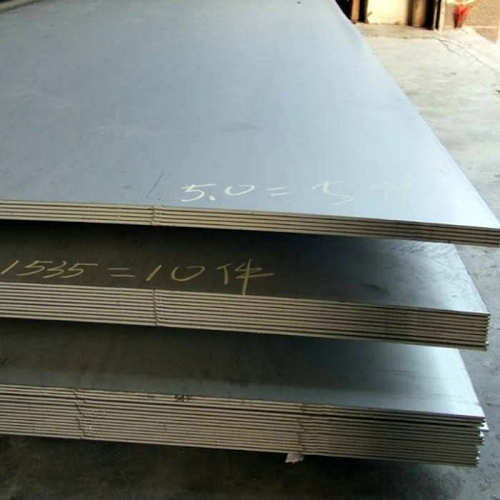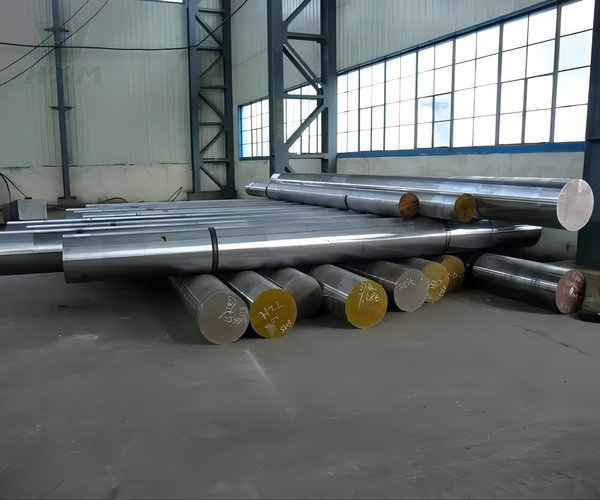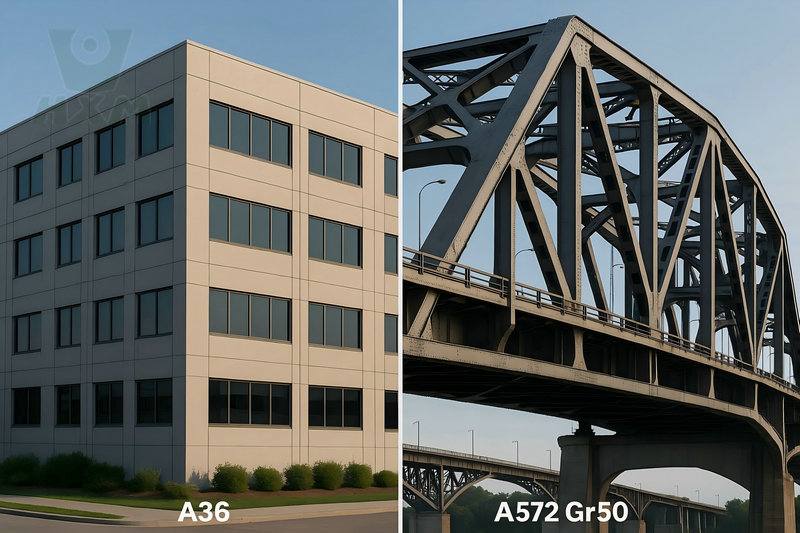As technology continues to advance, people’s concerns about safety are also increasing. In the field of bulletproofing, AR500 steel has attracted much attention due to its strong performance. However, its bulletproof capabilities require a deeper dive to understand its role and limitations in real-world applications.
AR500 steel has attracted much attention due to its excellent impact resistance. But we have to ask ourselves a key question: Is AR500 steel bulletproof?

Is AR500 Steel Bulletproof?
First of all, we must make it clear that absolutely bulletproof materials do not exist. Different types of bullets have different speeds, masses and powers, so no one material can provide complete protection against all forms of attack. However, AR500 steel is one of the options that can withstand bullets from pistols and rifles to a certain extent.
AR500 steel is known for its high hardness and wear resistance. After heat treatment, it can resist the impact of bullets to a certain extent, which makes it a widely used material in bulletproof plates, target plates and protective equipment. However, for higher levels of protection requirements, more specialized materials such as high-boron alloy steel or specially tailored alloys may need to be considered.
Another factor to consider is the thickness of the AR500 steel. Thickness is critical in protecting against the threat of different types of bullets. For more powerful weapon systems, thicker AR500 steel plates may be required to provide adequate protection.

Wear Resistant NM/AR500 Steel Plate
Wear Resistant Steel – NM500 AR500 Steel Plate Our NM500 and AR500 wear-resistant steel plates are designed to cope with extreme wear environments. They have
What Factors Affect Bulletproof Capabilities?
In addition to the performance of the material itself, ballistic resistance is also affected by many factors. These include the type of bullet, speed, shooting angle, and the thickness and quality of the AR500 steel plate. These factors jointly determine the impact resistance and protection level of steel.
ot all AR500 steel is created equal. Two factors are critical for its ballistic performance.
1. Plate Thickness
Thickness is directly proportional to protection. While a thinner plate is lighter, a thicker plate offers more resistance.
| Thickness | Typical Application / Protection Level |
| 1/4″ (6.35mm) | NIJ Level III Body Armor, Light Targets |
| 3/8″ (9.5mm) | NIJ Level III+, Heavy-Duty Targets, Light Vehicles |
| 1/2″ (12.7mm) | Enhanced Rifle Protection, Armored Vehicles |
2. Anti-Spall Coating (Crucial for Safety)
When a bullet strikes a hard steel plate, it fragments into tiny, sharp pieces called “spall” or “fragmentation.” These fragments can be just as dangerous as the bullet itself.
An anti-spall coating is a special layer applied to the strike face of the plate. It’s designed to trap these fragments, preventing them from injuring the wearer. For any application involving personal protection, a spall coating is not just a feature—it’s a necessity.

Bulletproof Steel
Quality Bulletproof Steel Suppliers & Manufacturers Huaxiao Metal has more than ten years of industry expertise in metal manufacturing and export. As the premier supplier,
Steel Material with Stronger Bulletproof Ability
In addition to AR500 steel, some more professional materials are also used to provide a higher level of ballistic protection. These include high boron alloy steel, ceramic composite steel and maraging steel. These materials offer greater impact resistance and protection and are suitable for specific applications that require a higher level of protection.
High Boron Steel:
This steel is specially treated to contain a high concentration of boron, giving it excellent impact resistance. It is commonly used in the manufacture of ballistic armor plates and vehicle protective armor.
Special Alloy Steel:
Some specially designed alloy steels, including such as maraging steel (MARAGING steel) and other alloy steels with high strength and impact resistance, can also be used to make bulletproof products.
What Can AR500 Steel (NIJ Level III) Stop?
A certified NIJ Level III AR500 steel plate is engineered to stop 7.62x51mm M80 NATO ball rounds, which have a lead core. This means it can reliably defeat rounds from firearms such as:
7.62x39mm (AK-47)
5.56x45mm M193 (AR-15)
.308 Winchester
And nearly all handgun cartridges.

AR500 Steel vs. Other Armor Materials
How does AR500 stack up against other common armor materials like ceramic and UHMWPE (Polyethylene)?
| Feature | AR500 Steel | Ceramic | UHMWPE (PE) |
| Weight | Heavy | Medium | Lightest |
| Cost | Lowest | High | Highest |
| Multi-Hit Capability | Excellent | Can crack; limited | Good |
| Durability / Shelf Life | Excellent | Fragile | Sensitive to heat/UV |
| Thickness | Thinnest | Thick | Thicker |
Conclusion: AR500 steel offers an unmatched combination of affordability, durability, and reliable multi-hit protection, making it a popular choice worldwide.

AR400 VS AR500 Steel
AR400 vs AR500 steel are two popular types of abrasion-resistant steels used in various industries. They possess unique properties that make them suitable for applications
FAQ
What does "AR" in AR500 stand for?
“AR” stands for “Abrasion Resistant.” This indicates that the steel is formulated and heat-treated to withstand high levels of abrasion and wear, which also gives it the hardness required for ballistic resistance.
How much does an AR500 steel plate weigh?
The weight depends on the thickness and size of the plate. For example, a standard 10″x12″ (25x30cm) plate with a thickness of 1/4″ (6.35mm) typically weighs around 8.5 lbs (3.8 kg). It is heavier than ceramic or PE armor but offers excellent durability and cost-effectiveness.
Is an anti-spall coating necessary for AR500 steel armor?
Yes, an anti-spall (or fragmentation) coating is highly recommended for any AR500 plate used as body armor. When a bullet strikes the hard steel surface, it can create fragments (spall) that travel outward. A proper coating traps these fragments, significantly increasing the safety of the wearer.
Can AR500 steel stop "green tip" M855/SS109 rounds?
Standard 1/4″ AR500 steel (rated for NIJ Level III) may be penetrated by M855/SS109 rounds at high velocities due to their steel core penetrator. For reliable protection against these specific threats, a thicker plate (e.g., 3/8″) or a Level III+ rated plate is typically required. Always check the manufacturer’s specific ballistic testing data.
Can you weld or cut AR500 steel?
Yes, but it requires specific procedures. Welding or cutting AR500 steel generates heat, which can alter its heat treatment and reduce its hardness (and thus its ballistic resistance) in the heat-affected zone. Low-hydrogen welding consumables and pre-heating are often recommended. For cutting, plasma or laser cutting is preferred over torch cutting to minimize the heat-affected area.
What is the difference between AR500 and AR400/AR550 steel?
The number refers to the steel’s nominal Brinell hardness. AR400 is softer and generally used for high-wear applications but not reliable for ballistics. AR550 is harder and can offer a higher level of ballistic protection (often rated Level III+ or IV against certain threats), but it can be more brittle. AR500 provides an excellent balance of hardness, toughness, and cost for NIJ Level III protection.
In Conclusion:
Taken together, AR500 steel has certain bulletproof properties and is particularly suitable for manufacturing general protective equipment. However, when facing higher-level threats, more specialized materials may need to be considered. Therefore, when selecting bulletproof materials, it is necessary to fully consider the performance, thickness and specific application needs of the material. Only by comprehensively considering these factors can we ensure that the selected materials can provide the best protective effect and ensure personal safety.







